📦 Fast Delivery – Order Now!
💸 Shop Safely – 100% Money-Back Guarantee
👨🔧 Lifetime Customer Support
📦 Fast Delivery – Order Now!
💸 Shop Safely – 100% Money-Back Guarantee
👨🔧 Lifetime Customer Support
When you think about solar power, the first things that likely come to mind are solar panels. However, panels alone can’t run your home. That’s where power inverter for solar come in. And although they don’t get the same spotlight, they are just as important—if not more. Let’s break it down.
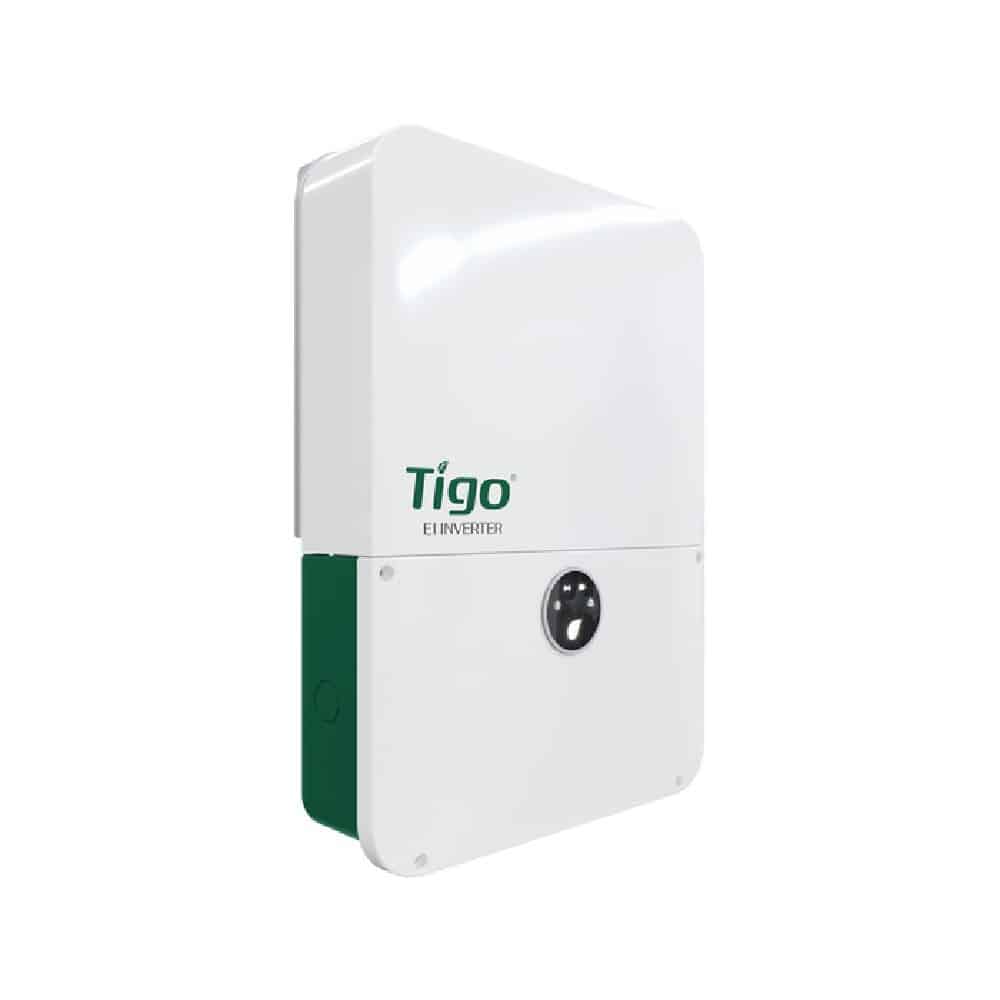
✅ 7.6 kW output
✅ Seamless integration with Tigo EI battery systems
✅ Real-time performance tracking
Solar panels produce electricity. But it’s direct current (DC). Your home appliances use alternating current (AC). So, unless you want a roof full of solar panels that don’t do much, you need a way to convert that DC power into usable AC power.
And that’s exactly what a power inverter does. It acts as a bridge between the solar panels and your home. Because panels generate power in DC, and homes run on AC, the inverter becomes the translator. Without it, your solar system is incomplete.
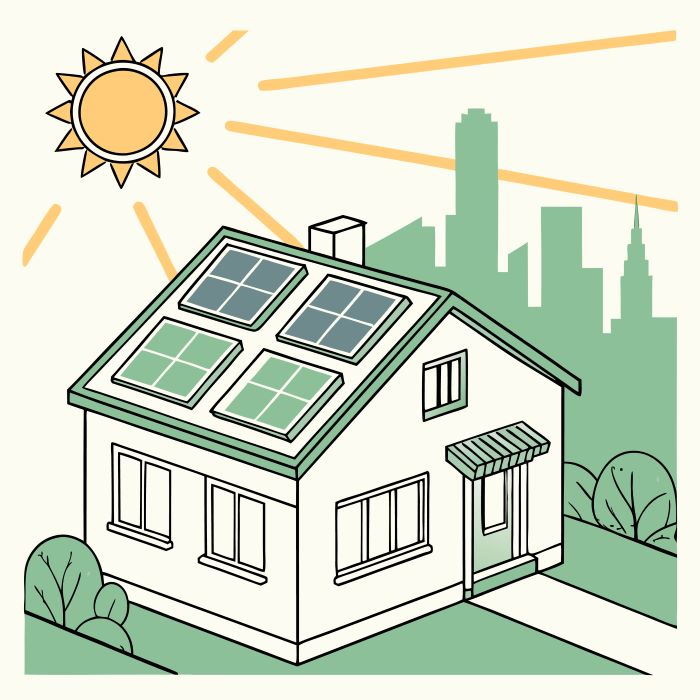
It’s simple: no inverter, no usable power. Even though solar panels produce energy, they can’t power your lights, fridge, or air conditioning on their own. Inverters make the energy functional.
And not only do inverters convert power, but they also manage it. Many modern inverters monitor system performance, detect faults, and even communicate with your smartphone.
So yes, they’re technical, but they’re also smart. And that’s a big deal.

Not all inverters are created equal. Depending on your setup, you may choose one of the following types:
These are the most common and affordable. Panels are connected in a “string,” and one inverter handles the power from the whole group. They’re efficient, but if one panel underperforms—due to shading or dirt—the whole string suffers.
These are installed behind each solar panel. While they’re more expensive, they optimize power from each panel separately. If one is shaded, the others keep performing.
So, if you want more efficiency and flexibility, microinverters may be the better choice—even though they come at a higher cost.

✅ 1800W Dual-Power microinverter
✅ 480V compatibility
✅ Easy installation
These combine solar and battery functionality. That means you can store excess energy and use it later. With more homes adding batteries, hybrid inverters are gaining popularity—because they offer greater energy independence.
Selecting an inverter isn’t just about cost. It’s about your needs, your goals, and your system.
If your budget is tight, and you live in a sunny area with little shade, a string inverter might be just fine. But if you want maximum control—or if your roof has different angles—microinverters might serve you better.
And if you plan to add a battery now or later, a hybrid inverter makes future upgrades easier.
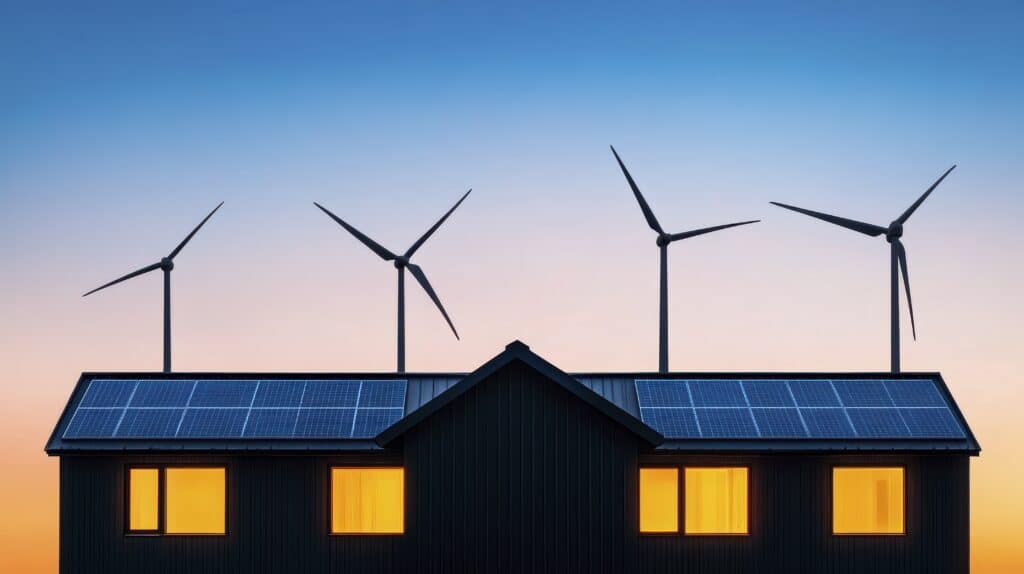
When shopping for a power inverter, look beyond the price tag. Consider these features:
Even though many inverters look similar, their specs can vary. So, check the details—because those small differences matter.
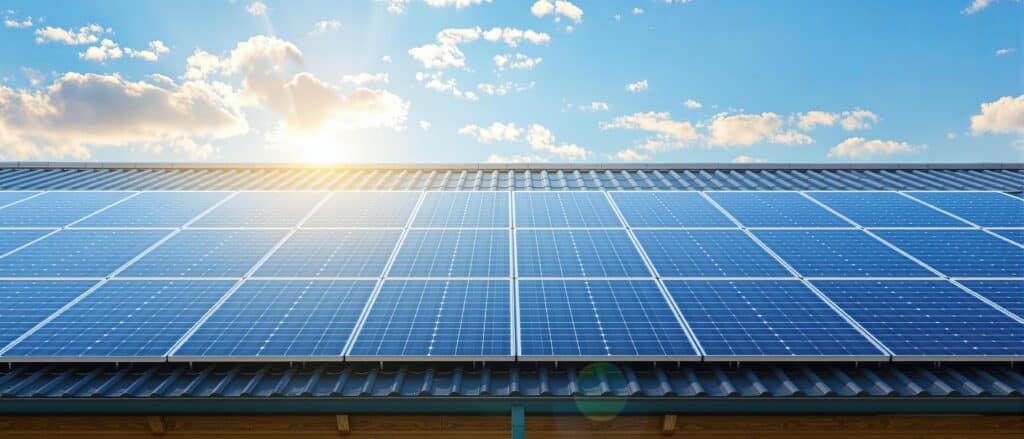
A Professional installation is a must. While it’s tempting to DIY, inverters involve high-voltage electricity. It’s not worth the risk.
And once installed, inverters are relatively low-maintenance. Still, you should monitor their performance. Many inverters offer alerts, so you know if something’s wrong.
Just like you wouldn’t ignore your car’s check-engine light, don’t ignore inverter warnings.
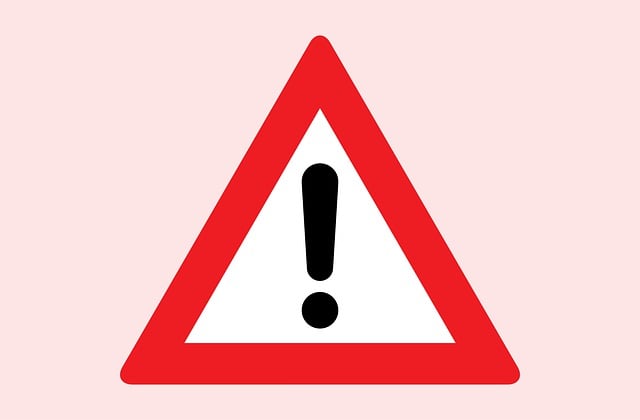
We believe that investing in solar should be simple, secure, and successful. That’s why we recommend getting your inverter from a trusted source like AceFlex.us. With expert guidance, quality-tested products, and dependable customer service,
AceFlex.us helps you avoid costly mistakes—so your solar system performs at its best, both now and in the future.

Solar panels may be the stars, but power inverters are the brains behind the system. Without them, solar power stays locked in its raw form.
Because they manage, convert, and communicate, inverters turn your solar dream into a working system. And although it might be easy to overlook them, you shouldn’t.
So, as you plan your solar journey, remember this:
⚡ Power inverters don’t just support your solar system—they make it possible.

You need an inverter that matches the total wattage of your solar array and your energy usage, because an undersized inverter will limit system performance. Most homes use a 3,000 to 6,000 watt inverter, depending on how much power you consume.
A solar inverter converts the DC electricity from your solar panels into AC electricity, which your home appliances can use. And because the grid uses AC power, the inverter also ensures compatibility with utility connections.
A 1000-watt inverter can power small devices like laptops, LED lights, and a fan at the same time. But it won’t handle larger appliances like microwaves or refrigerators.
A 3000W inverter can run several household items like a fridge, microwave, TV, and even a small air conditioner. Yet if you run everything at once, you might push it to its limit.
To power a 3000W inverter for one hour, you’d need at least three 12V 100Ah batteries, because they provide around 3600Wh of usable energy. And if you want more runtime, you’ll need to double or triple that amount.
A 6000W inverter can run most household appliances, including a fridge, washer, dryer, and even a central air unit. But to avoid overload, you should still monitor your total wattage use.
An 8000W inverter can easily handle a full kitchen setup, multiple power tools, or even an entire small home. Just make sure your battery or solar system can supply enough power to match.
To run a 5000W inverter for one hour, you’d need at least five 12V 100Ah batteries, because that equals roughly 6000Wh of usable energy. And for longer operation, you’ll need even more batteries or a hybrid setup with solar.
Yes, 6000 watts is enough for most homes, as long as you manage your energy use and avoid running all high-wattage appliances at once. And with efficient appliances, you might even have power to spare.
A 6000W solar system can generate enough electricity for lighting, refrigeration, entertainment, and general household use. But if you use electric heating or have high-demand devices, you might need a bigger system.
Most homes need between 5,000 and 8,000 watts to run everything comfortably, depending on the number of appliances and whether you use electric heating or cooling. And if you want to be fully off-grid, you’ll need backup storage too.
An 8000 watt generator can run your fridge, freezer, lights, TV, and even a central AC unit. But you should still check the startup wattage of each device before turning them all on.
Yes, a 9500 watt generator can power most or all of a typical home’s essential appliances. And because it offers extra headroom, it can handle brief surges during startup.
A 10,000 watt generator can run nearly everything in your home, including HVAC, washer and dryer, water heater, and kitchen appliances. But for safe operation, always use a transfer switch and balance your loads.
Most refrigerators need between 100 and 800 watts when running, though they use more during startup. And energy-efficient models tend to use less power overall.
A 65 inch LED TV usually uses between 100 and 150 watts, depending on the brightness and features. And if it’s OLED or has a high refresh rate, it might use a little more.
Most ceiling fans use between 15 and 75 watts, depending on the speed and motor type. And energy-efficient models can go even lower.
A standard drip coffee maker uses around 800 to 1200 watts while brewing. But once it’s just keeping the coffee warm, it uses far less power.
AceFlex is one of the leading online retailers of renewable energy products and offers a wide range of solar products. We work with well-known manufacturers and wholesalers and can offer you cost-effective products in the field of photovoltaics so that you too can contribute to the energy transition.
Looking for an experienced team for planning your photovoltaic system without the hassle of doing it yourself? We are your trusted partner, offering comprehensive nationwide solutions. We provide expert consultation and supply of both photovoltaic systems and storage units tailored to your specific needs.
© 2025 Aceflex All Rights Reserved. Design by Media Pantheon, Inc.